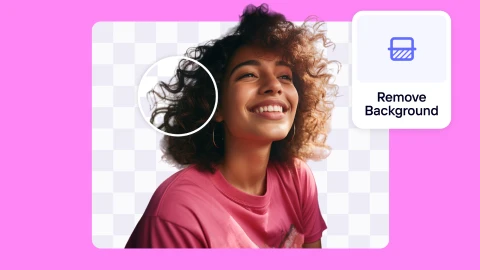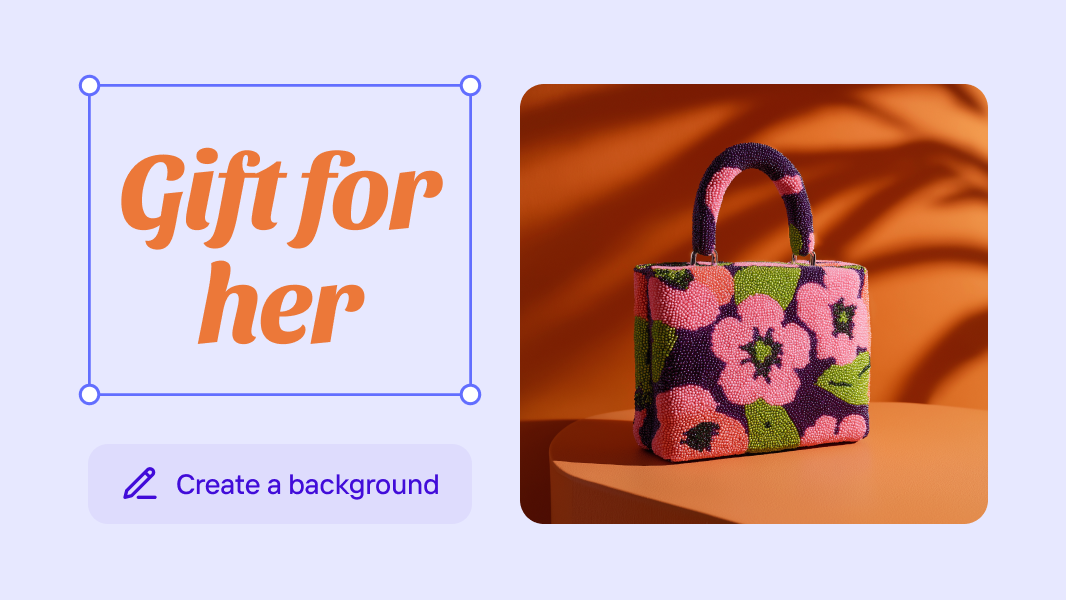Jewelry photography insights from 1,000+ e-commerce sellers
Ever tried to make a 2mm diamond ring look as jaw-dropping online as it does on your hand? If you have, then you just might be an online jewelry seller. And we feel your pain.
Jewelry may be small, but photographing it is a big, expensive headache. You’re dealing with all kinds of crazy reflections, glare off polished metal, microscopic flaws that suddenly shout “hello” when shot up close, and styling that has to scream premium in half a second.
But great product imagery is a must-have. Shoppers judge craftsmanship, price, and even brand values by your product shots. Yet traditional studio work can swallow days and dollars you’d rather spend on growth.
After talking to thousands of brands about their jewelry product photography techniques, we learned about the laundry list of challenges they’re dealing with.
Ensuring flawless quality (34% of sellers name this their number one struggle)
Wrangling tricky lighting (30%)
Keeping every hero image consistent (28%)
Capturing filigree-level detail (26%)
Retouching imperfections (24%)
Finding a background that doesn’t steal the show (24%)
This data was collected by surveying 1,000+ e-commerce jewelry brands across the US and UK. We learned what their concerns are, and that a majority of these brands are turning to AI-powered photo editors to help scale their product photography, without increasing costs.
We compiled our findings into a brand new Jewelry photography and photo editing trends 2025 report — a data-rich guide that benchmarks how brands are handling jewelry photography and the impact of AI photo editing.
This article is your sneak peek. Below, you’ll find the most eye-opening insights from the report, and a few ways AI can help you put each one to work. Ready to make every gemstone shine online? Let’s dive in.
Want to see the tips in action? Our YouTube tutorial brings the insights to life, with practical steps to create jewelry photos that engage and convert.
43% of jewelry brands update and refresh product images every three months or less

That’s why nearly half of the jewelers we surveyed (43%) swap in new product shots at least once a quarter.
But that cadence comes with a hefty production bill:
23% of brands edit 100+ images every single month
82% mix three to five photography styles in each listing—think white-background hero, on-model macro, and lifestyle flat lay.
Keeping that pipeline running means constant studio bookings, hours of retouching, and a meticulous eye on consistency. For lean teams—or the 38% of sellers who tackle photos solo—that workload can throttle launch schedules and inflate costs.
This is where AI steps in. Tools like Photoroom help you batch edit, remove backgrounds, auto-correct lighting, and generate on-brand images and backgrounds in minutes, so you can refresh listings at the pace shoppers expect without bleeding budget.
This leads to faster launches, lower overhead, and imagery polished enough to sell four-figure statement pieces.
38% of jewelry brands manage their photos alone (and many need help)

49% collaborate with an in-house or cross-functional team, spreading the workload.
38% shoulder the entire process alone, from shooting to final export.
3% run solo, but wish they had backup.
15% hire external service providers to keep listings on track, often at agency-level rates.
That mix creates three distinct pain profiles:
Teams juggle feedback loops and file hand-offs that slow launches.
Individuals drown in batch edits (think: 100 close-ups before coffee).
Outsourcers bleed budget while waiting on revisions.
Our report shows that AI closes all three gaps.
With Photoroom, your team can co-edit in real time with shared folders, locked brand presets, and instant approvals, so no one hunts for the “final-final-v3” file. If you're working solo, you can tap bulk background removal, lighting fixes, and one-click style templates to trim hours off every shoot. And if you're paying agencies, Photoroom delivers the same pro polish at a fraction of the fee with zero back-and-forth, zero per-image markup.
Whether you’re a one-person shop or a 10-person photo squad, AI hands you the capacity boost you’ve been hiring (or losing sleep) for, so you can get back to growing your business.
SMBs have reduced photo editing costs by 93% and boosted monthly sales by up to $5K thanks to accessible AI tools

In our survey, sellers who automated repetitive edits such as background removal and scene generation reported three big wins: faster speed-to-market, dramatically lower overhead, and fatter sales receipts.
Here’s what the numbers look like from the survey:
53% of SMBs freed up time to focus on growth tactics like ads and new launches
38% slashed tool and photography spend
15% saw sales increases thanks to cleaner, more consistent visuals
And the upside doesn’t stop there. Every brand in our study that edits with Photoroom now pockets at least $500 more per month from improved conversion, while a high-performing 3% club is banking an extra $2.5K to $5K monthly.
Jewelry sellers are using AI for tasks across the photo editing lifecycle

Removing backgrounds from product images (17%)
Generating new backgrounds (15%)
Removing unwanted objects from product images (12%)
Applying background templates to product images (10%)
Generating AI images (8%)
Resizing product images (8%)
Adding shadows to product (8%)
Adding objects or props to product images (7%)
Adding text to product images (6%)
What starts as a quick fix—say, whipping out a white backdrop—often snowballs into deeper automation. Sellers “enter” through one pain point, then unlock a cascade of time-savers that keep shoots nimble and costs contained.
That momentum shows in the numbers: 85% of jewelry brands already lean on AI tools to amp up efficiency and spark fresh creative ideas. From rapid-fire concept boards to immersive, lifestyle-ready product views, they’re doing more with fewer resources—and seeing clicks (and checkouts) climb.
“AI tools have grown from simple background remover autopilots that can supplement human creativity across editing, styling, and content generation tasks.”
— Mathieu Rouif, co-founder and CEO at Photoroom
Common traits in impactful jewelry product photos
What separates a scroll-stopping product image from a scroll-by? Our deep dive uncovered the shared DNA of images that helped some sellers pocket an extra $5,000 a month in new sales.
The winning formulas revolve around:
Backgrounds: From clean white to on-brand lifestyle scenes that frame (but never upstage) the piece.
Lighting and staging: Controlled highlights that amplify sparkle without blowing out metal tones.
Angles and image mix: Hero shots, macro close-ups, and on-model context work together instead of competing.
Detailed close-ups: Clearly show product details to reassure shoppers that they’re buying quality.
…and a few bonus tricks we can’t spill in a single blog post.

Want the full picture? Download the report
Here’s a quick recap. Nearly half of jewelers refresh images every quarter to keep conversions climbing, yet 38% still tackle the entire workflow alone—a recipe for burnout.
The good news? AI cuts repetitive edits, slashes costs, and lifts revenue (some sellers pocket an extra $500 to $5K per month) while powering everything from background swaps to new image generation. And the shots that sell best? Clean, on-brand backdrops, controlled highlights, multiple angles, and zoom-worthy detail.
Get the free Jewelry photography and photo editing trends 2025 report to find out what techniques and strategies 1,000+ e-commerce brands swear by.
Download it, plug the tactics into your next shoot, and watch your gemstones—and your revenue—shine. And when you’re ready to try these moves in the wild, fire up Photoroom on iOS, Android, or desktop and see how quickly pro-level images hit your storefront.




Design your next great image
Whether you're selling, promoting, or posting, bring your idea to life with a design that stands out.

















